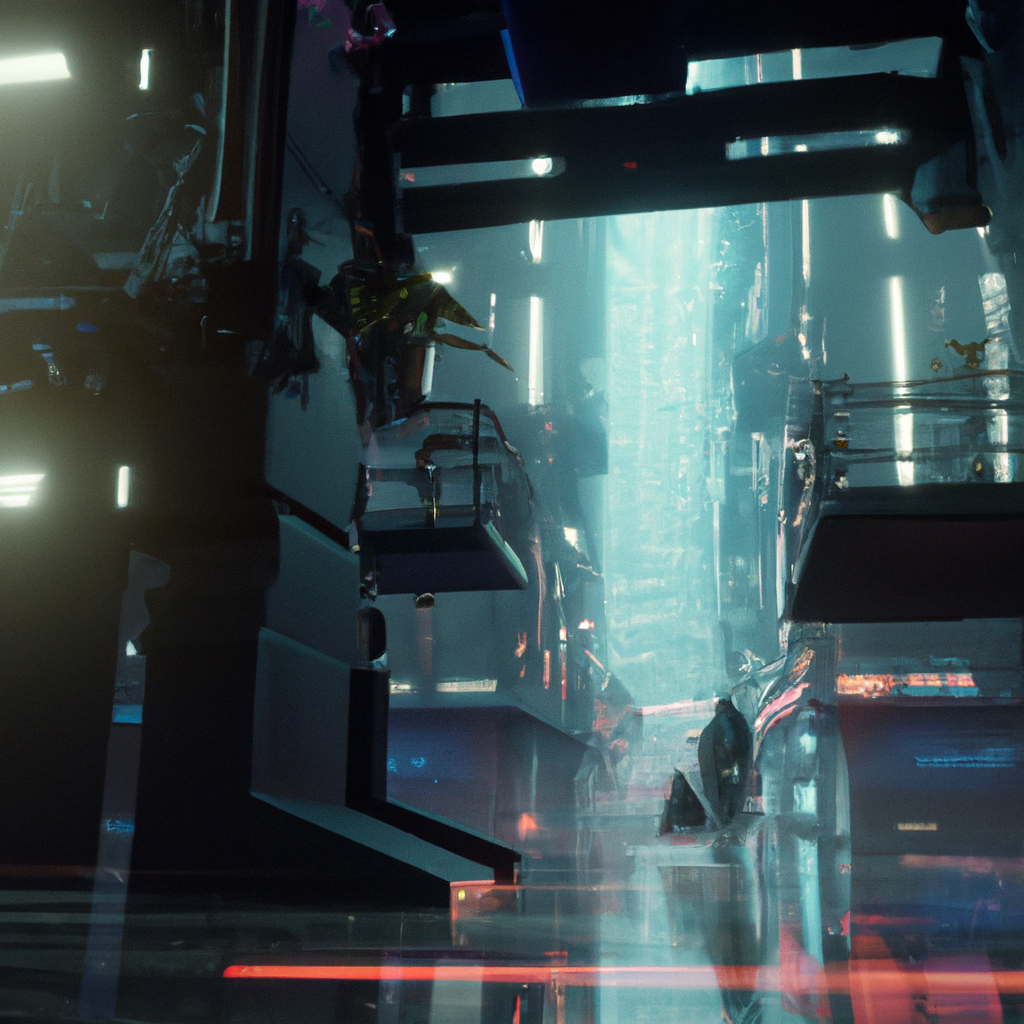“Unlocking Infinite Gaming Worlds: Harnessing AI for Real-Time Game Content Generation”
The rise of artificial intelligence (AI) has brought about a revolution in various industries, and the gaming world is no exception. With the increasing complexity and growing demands of modern games, real-time game content generation has become a necessity. AI has the capability to create both aesthetic and functional game elements in real-time, providing players with a unique and immersive gaming experience. In this blog post, we will explore the benefits of using AI for real-time game content generation and provide tips on how to effectively implement it.
Benefits of AI in Real-time Game Content Generation
1. Enhanced Game Experiences: AI-generated game content can create a dynamic and engaging environment that adapts to the player’s actions and preferences.
2. Reduced Development Time: By automating content creation, AI can significantly reduce the time and effort required to develop complex game environments, allowing developers to focus on improving other aspects of the game.
3. Infinite Replayability: AI-generated content encourages replayability by providing players with new challenges and experiences each time they play the game.
4. Personalized Content: AI algorithms can analyze player behavior and preferences to create tailored game experiences that cater to individual play styles.
Tips for Implementing AI in Real-time Game Content Generation
1. Choose the Right AI Model: Research and choose the AI model that best aligns with your game’s requirements. There are various types of AI models available, such as procedural generation, machine learning, and neural networks. Each model has its strengths and weaknesses, so it is crucial to understand the specific needs of your game before making a decision.
2. Train Your AI Model: Once you have chosen the appropriate AI model for your game, it is essential to train it using relevant data sets. This will ensure that the AI can effectively generate game content in real-time. Consider using both procedural algorithms and machine learning techniques to create a more robust AI model.
3. Test and Iterate: Constant testing and iteration are crucial in the development process of AI-generated content. Make sure to test the AI model’s performance in different aspects of the game and make necessary adjustments accordingly. This will help you achieve an optimal balance between AI-generated content and the overall gaming experience.
4. Balance AI-Generated Content with Handcrafted Elements: While AI-generated content can significantly enhance the gaming experience, it is essential not to entirely rely on it. Designers should still create some handcrafted elements to ensure a consistent and cohesive game world that retains the developer’s unique touch.
5. Integration with Game Mechanics: Ensure that the AI-generated content integrates seamlessly with your game mechanics. This can be achieved by collaborating closely with game designers, developers, and AI experts to create a cohesive implementation plan.
6. Monitor Player Feedback: Gather feedback from players to gauge the effectiveness of your AI-generated content. This valuable information can help you make necessary adjustments and improvements to enhance the overall gaming experience.
In conclusion, AI has the potential to revolutionize real-time game content generation, providing players with dynamic and immersive experiences. By carefully selecting and training AI models, integrating them seamlessly into your game mechanics, and continuously iterating and refining your implementation, you can leverage the power of AI to develop engaging and unforgettable games.





